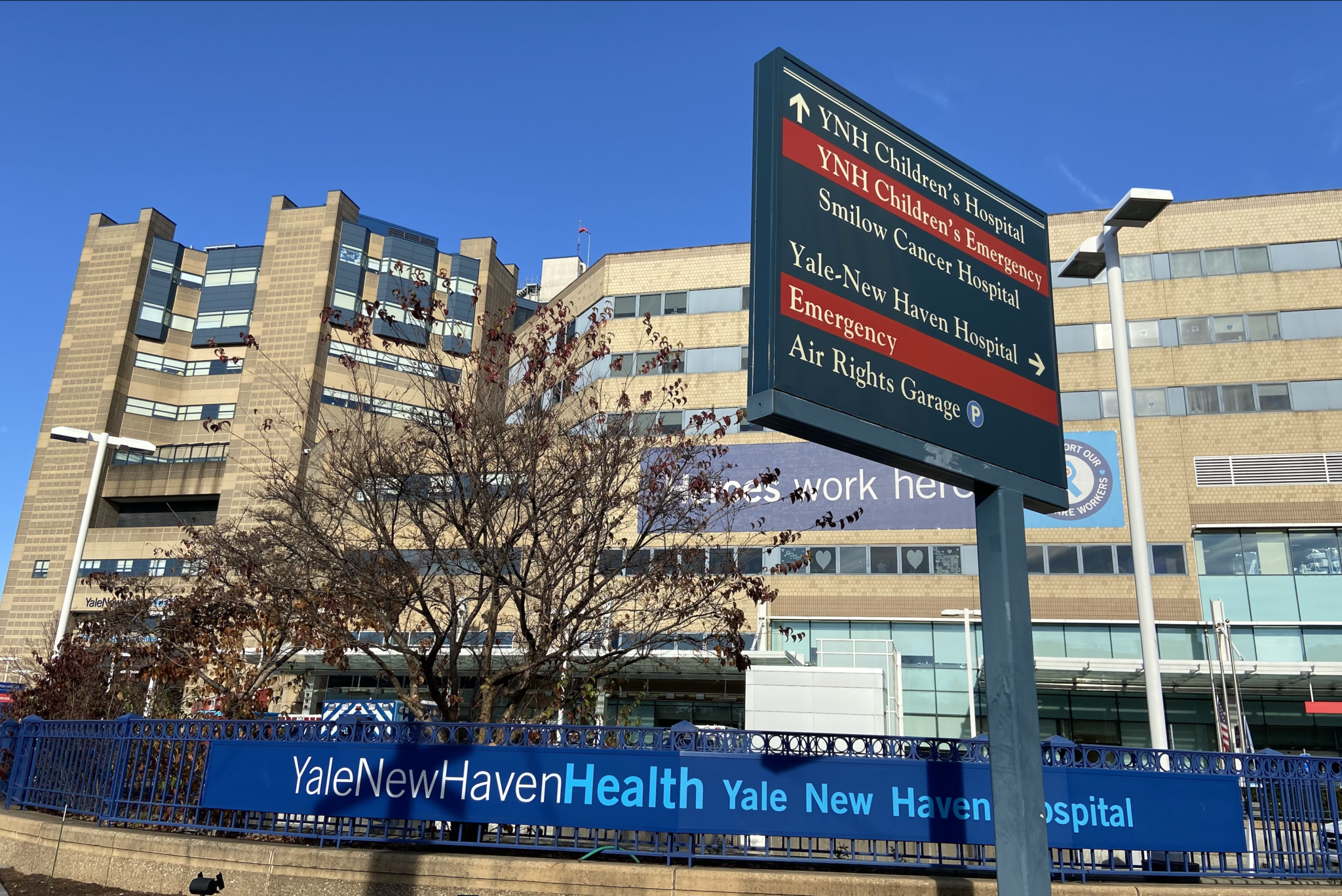Yale professor Lisa Suter discusses implicit biases in health care
In a recent talk “Enhancing Diversity and Reducing Implicit Bias in Rheumatology,” Lisa G. Suter addressed implicit bias in medicine and its role in health care disparities.

Zoe Berg, Photo Editor
Lisa G. Suter ’91 MED ’98, professor at the Yale School of Medicine, discussed the implicit biases present in health care and highlighted the Department of Internal Medicine’s efforts to address them in a recent Rheumatology Grand Rounds talk.
Implicit biases in health care can have grave consequences, leading to patients being misdiagnosed or turned away more often. These implicit biases are not only associated with poorer patient care but also higher mortality rates among racial minority groups. In a Jan. 21 Rheumatology Grand Rounds talk, Suter shared several suggestions to medical providers to address their own implicit biases. These include acknowledging biases, attempting to join activities with groups that providers might not otherwise meet and implementing standard protocols across departments for hospital screening purposes.
“I think systemic racism and climate change are the two most important and most urgent issues impacting health care today,” Suter told the News. “Although implicit bias is just one facet of a complex problem that has its underpinnings in deep historical, political and socioeconomic structures, I [feel] it is amenable to change at an individual level and therefore worth our attention.”
In her position as vice chief of diversity, equity and inclusion in the rheumatology section at the School of Medicine, Suter works to bring awareness to implicit biases in medicine by hosting forums to discuss DEI issues and sending a monthly newsletter that covers a range of topics on DEI in medicine.
Suter’s role and actions are a part of a larger mission led by the Department of Internal Medicine. In 2016, the department established a DEI office, appointing Inginia Genao as associate chair for diversity and inclusion. In 2020, the office obtained funding to expand its efforts, which included appointing a vice chief of DEI in each section of the department.
The DEI office helped implement the standardization of care among COVID-19 patients. At the onset of the pandemic, implicit bias in medicine became a more pervasive issue than ever before as health care providers navigated a novel virus without a well-defined treatment protocol.
“Because of the stress of many patients coming in [to the hospital], there [was] a potential for implicit bias to enter into the decision making of who you admit to the hospital, who you treat, and what treatment you give to each person,” Gary Desir, Yale New Haven Hospital chief of internal medicine, explained. “Very early in the pandemic, we decided to put a group of faculty and staff to figure out what the optimal treatment, at the time, was for treating COVID.”
By April 1, 21 days after the first COVID-19 patient was admitted to Yale New Haven Hospital, Desir and other YNHH staff had developed a standard protocol for admitting patients based on patients’ oxygen saturation. The implementation of this data-driven treatment protocol reduced the burden of decision-making on medical providers but was also developed to reduce implicit biases present when dictating patient care. In order to keep up with the ever-evolving nature of the virus, the protocol was revised 28 times.
“Whether you were elderly, rich, poor, black, white, everyone got the same treatment,” Desir explained.
The School of Medicine’s efforts to reduce the effects of implicit biases in medicine have addressed racial disparities in the Yale New Haven Health System; however, implicit biases among medical providers extend beyond the borders of New Haven County.
“We all have [implicit biases]; the question is which ones do we have and how does it impact the people we provide care for,” Desir said. “If we don’t understand how [implicit biases] affect [providers’] actions with patients, then it becomes a much larger problem.”
Yale students and faculty have previously called for a broader culture of change, such as medical school curriculum reforms to be more inclusive of traditionally underdiagnosed populations or transforming a race-based health care provision system to a race-conscious one. These initiatives attempt to address the negative influence of implicit bias in patient care.
According to Ian Reilly SPH ’22, there are several steps that the health care sector can take to eliminate and mitigate the effect of implicit biases. These include greater representation and racial diversity in leadership positions and providing patients with adequate access to translation services so they can communicate meaningfully with their health care providers.
“Health care providers must recognize their own biases and how it impacts the care they provide if they are to truly provide equitable and compassionate care,” Reilly said.
Yale New Haven Hospital is located at 20 York St.







